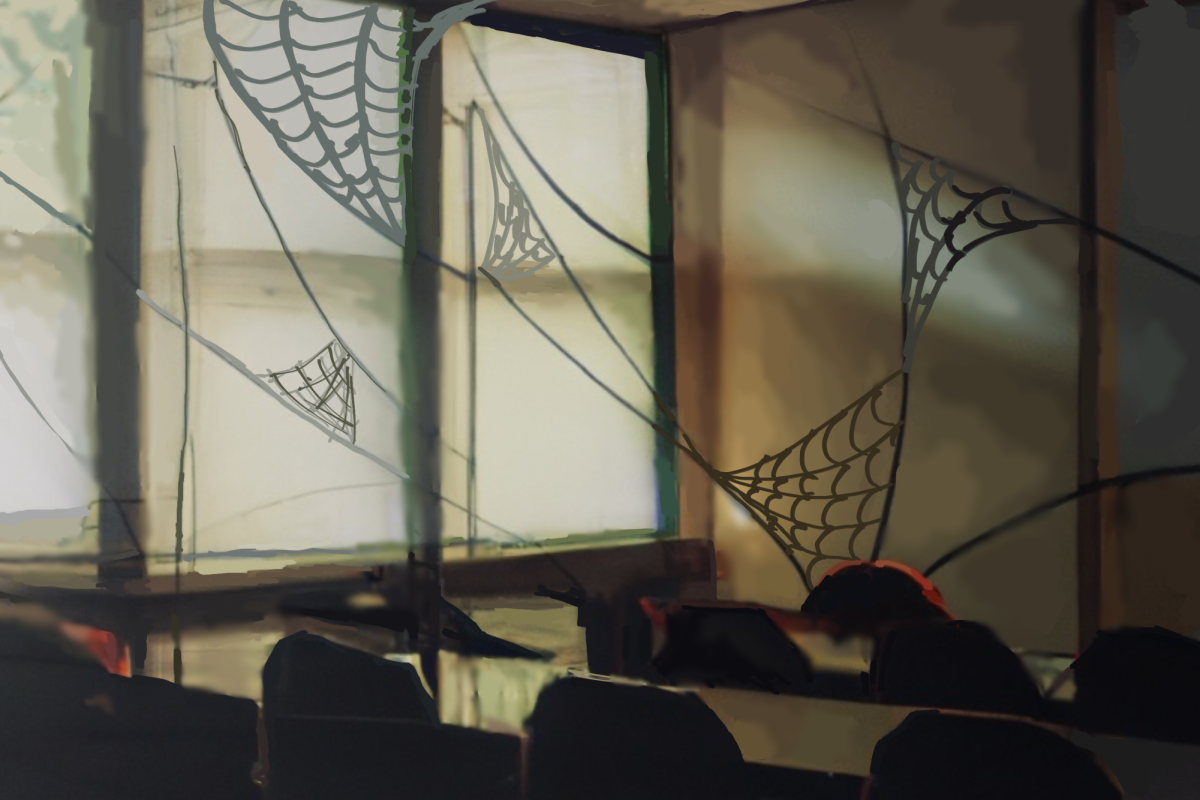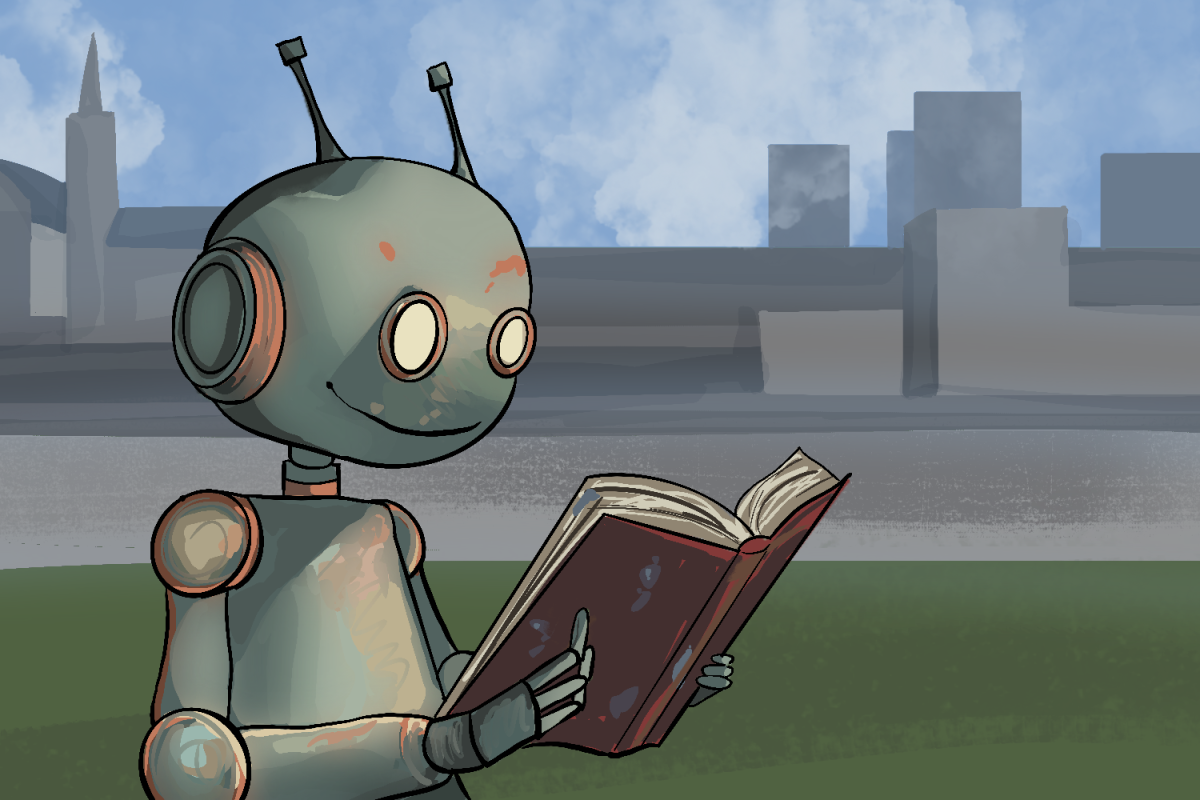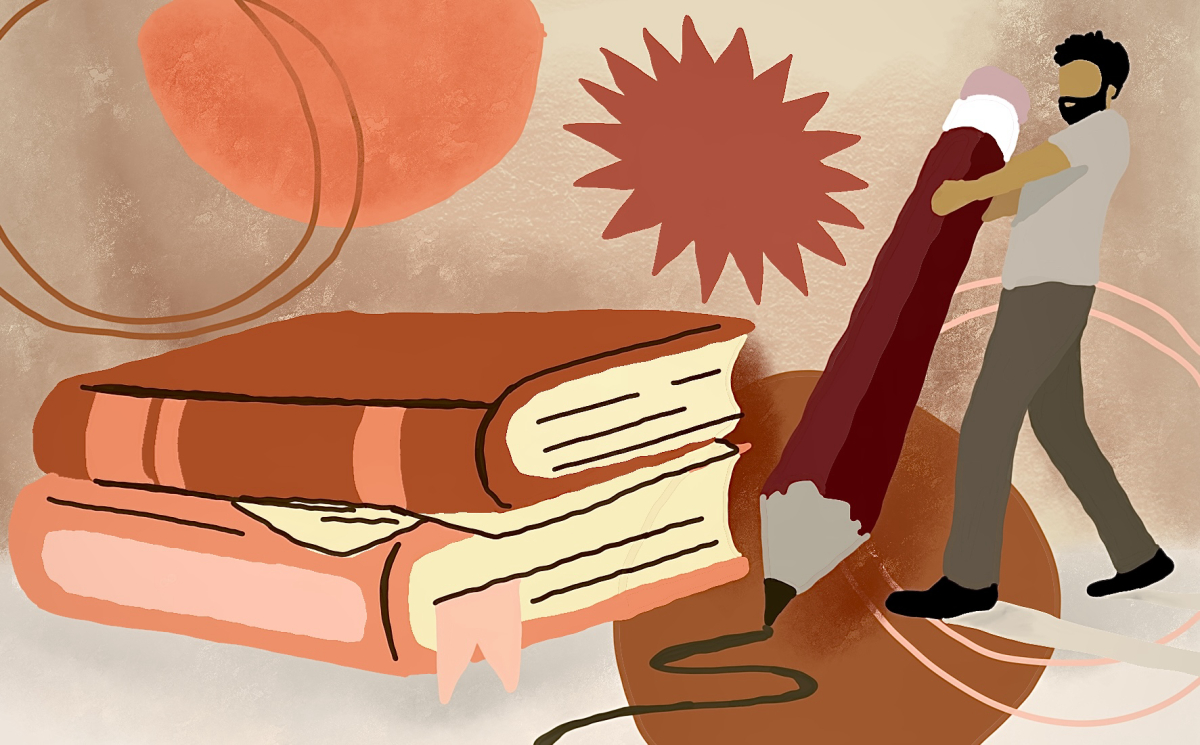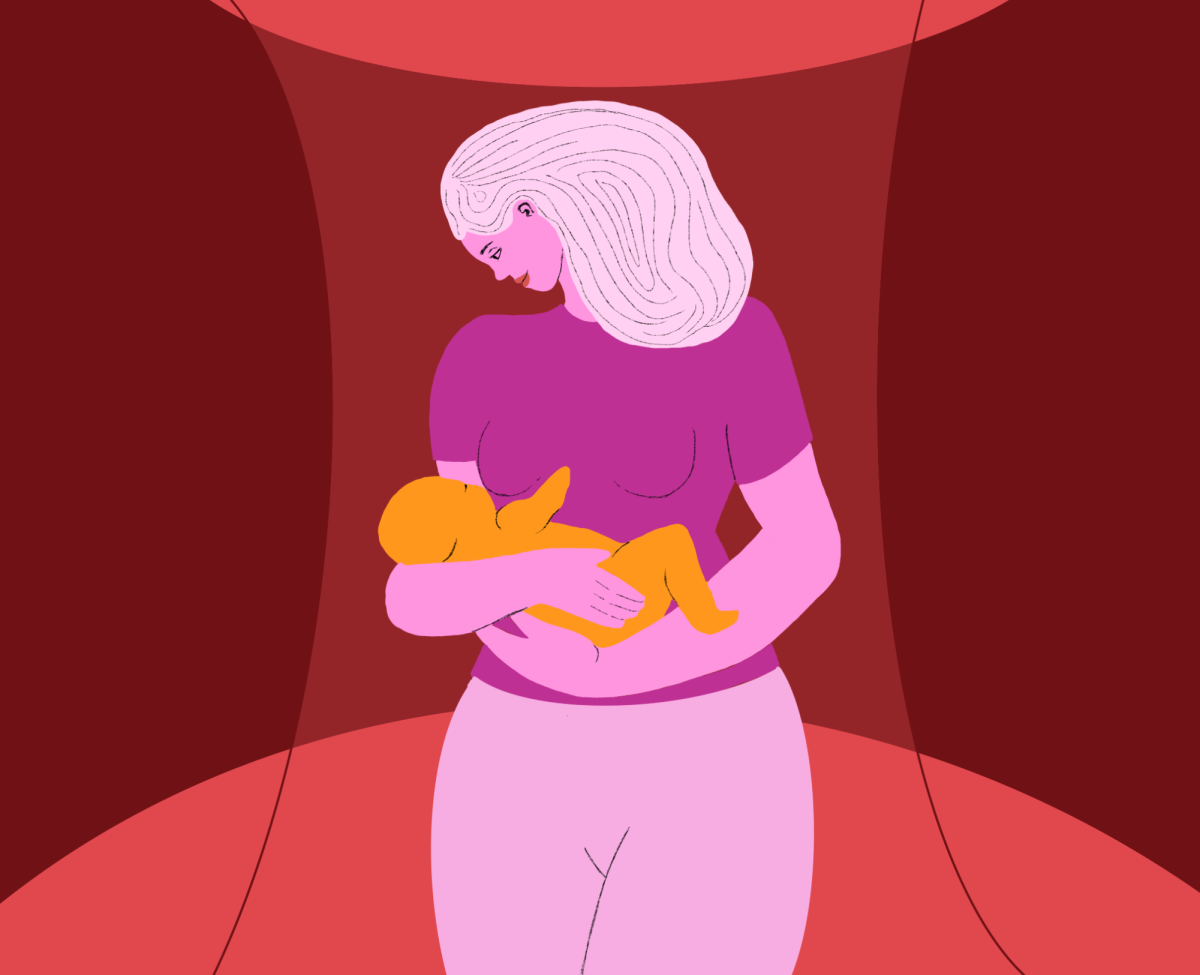The first building I ever entered at the University of Texas was the Perry-Castaneda Library (PCL). I remember being awed by its six floors, each teeming with rows of bookshelves. I had never been inside such an expansive library and was eager to utilize it for classes. My introduction to the PCL convinced me that the library was a focal point of UT.
However, many students do not share my rosy sentiments about the PCL. They consider the library dull, drab and lifeless, actively avoiding it by all means necessary. But this negative outlook discounts the PCL’s many benefits to the campus community. Students should reevaluate their preconceived notions about the PCL and embrace the library’s place at UT.
Nestled between the Jester Center and McCombs School of Business, the PCL sits in the heart of campus. Students who live in dorms, attend nearby classes or walk along the Speedway enjoy easy accessibility to the library. Additionally, this proximity provides faculty members and non-University Austin residents with a convenient communal facility.
“While we serve the campus community in private as our primary stakeholder base, we are a public institution … so we’re also open to the more general public,” said Travis Willmann, the communications officer for the University of Texas libraries. “(This includes) the local Austin community as well as a more global community.”
Yet many students believe the building’s drawbacks outweigh its advantages.
“It’s really claustrophobic to go (to the PCL) all night,” electrical and computer engineering junior Jishnu Basu said. “Before exams, there’s a ton of people in there. And honestly, the vibe is just kind of stressful to the point where it’s like, ‘I don’t want to be here.’ I’d rather go work somewhere else. … The main amenity I use at the PCL is the printer.”
While reservations about the PCL’s atmosphere are not without merit, students shouldn’t allow their misgivings about the building to singularly inform their perceptions of it.
The library still serves an integral role on campus by housing amenities like books, technology and study areas. Students can obtain academic materials, log onto printers and computers and work on assignments individually or collaboratively.
The library even boasts a 24/7 schedule on regular days of operation.
“(The PCL) is one of the largest academic libraries in the United States,” Willmann said. “It’s also where we center all of our expertise and main services. So most of our service points are here for … value-add services that you can get from libraries (like) consultations and computer access and access to specialized software and services.”
The PCL also includes a key resource for all undergraduates through the University Writing Center that “(helps) UT Austin students become more versatile, more confident, and more practiced writers.”
Taken together, the PCL is an invaluable all-purpose space and one-stop shop for the UT community. The library continually evolves to service students’ wide-ranging needs.
“In the intervening years, we’ve continued to build out … the library’s platform by including more workshops (and) tutoring services on site,” Willmann said. “So those all played with each other to enhance the student academic experience.”
Libraries are pinnacles of knowledge — and the PCL is no exception. Regardless of students’ disdain, the building provides crucial educational opportunities for individuals from all walks of life. We must recognize this reality to better appreciate the PCL’s inherent value to the campus community.
“Definitely at least understand what resources are available at the PCL,” Basu said. “And then … whether or not you want to study at the library … is up to you.”
Gokhale is a finance sophomore from Allen, Texas.














